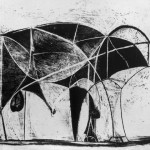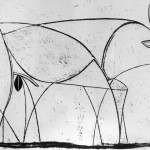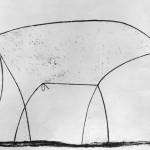“Everyone Thinks the Current State of Higher Education is Awful. Who is to Blame?”
Daniel W. Drezner, The Washington Post, 14 August 2015.
This article summarizing some current debates about higher education is worth reading. In the U.S. we’re definitely in danger of harming higher education and therefore our future—even as other nations are trying to copy our “liberal arts” model of education. The piece summarizes two different analyses of what’s wrong and what should be done, and each one has some valid points. Since the author is rather vague about his own position, though, let me be less vague about mine. (I’ve been a college teacher for over 30 years.)
Yes, “protecting” students in the name of education is a contradiction in terms. Students need safe spaces, however; it’s valid to request them (you all had some; think back). But the classroom should NOT a safe space. Or, rather, it’s a place where students and teacher can explore the really difficult stuff with support and help, so that they can understand why we all make mistakes and why we’re in the fix we’re in. In short, like any good story, class discussions have to move into dangerous spaces in order for us to grow. But heroes need trustworthy guides as well; they can’t do it all on their own. This is particularly true when the scary stuff discussed involves race, gender, sexuality, the ways in which power and evil work in the world, and other such topics.
Yes, the consumer model (and the neoliberal market) is in danger of taking over academia; it shows up everywhere, including when students talk about “shopping” for courses and administrators discuss whether or not things are “cost-effective.” It’s driven by debt worries, the economic crisis, people thinking they have to sell skill sets, and by know-nothing state legislators, governors, and others who have for decades systematically cut back on financial support for universities and colleges and for the students who want to attend them.
What’s the alternative? First, show how even from a “market” perspective current trends are disastrous. Companies want graduates who can think critically and resourcefully as they identify and then solve problems. They want to hire people who find and respect relevant facts and won’t be fooled by false solutions (that’s why we try to teach “critical thinking”). We need a more diverse (and diversely trained) workplace, given how the population is changing—and a generation of students not so burdened by debt that they will be afraid to take employment risks and confront injustice when they encounter it.
Second, one of the best and most engaging ways to teach character—which is toughness mixed with tenderness, morality mixed with openness towards others—is via a study of history and of imaginative works of art, literature, and performance. There’s never any guarantee that students will be transformed by such study. (Nazi officers loved listening to Brahms in the concentration camps, so we are told, probably to reassure themselves that they were civilized.) But the best that people have thought and said when they were faced with tough choices has a transformative effect on students—I’ve seen it again and again. It makes them able to IMAGINE more deeply and more daringly. Societies need citizens with powerful, empathic imaginations. Societies that don’t know how to grow these are soon rotten. Check out writer Neil Gaiman’s great statement about this, “Why Our Future Depends on Libraries, Reading, and Daydreaming”









